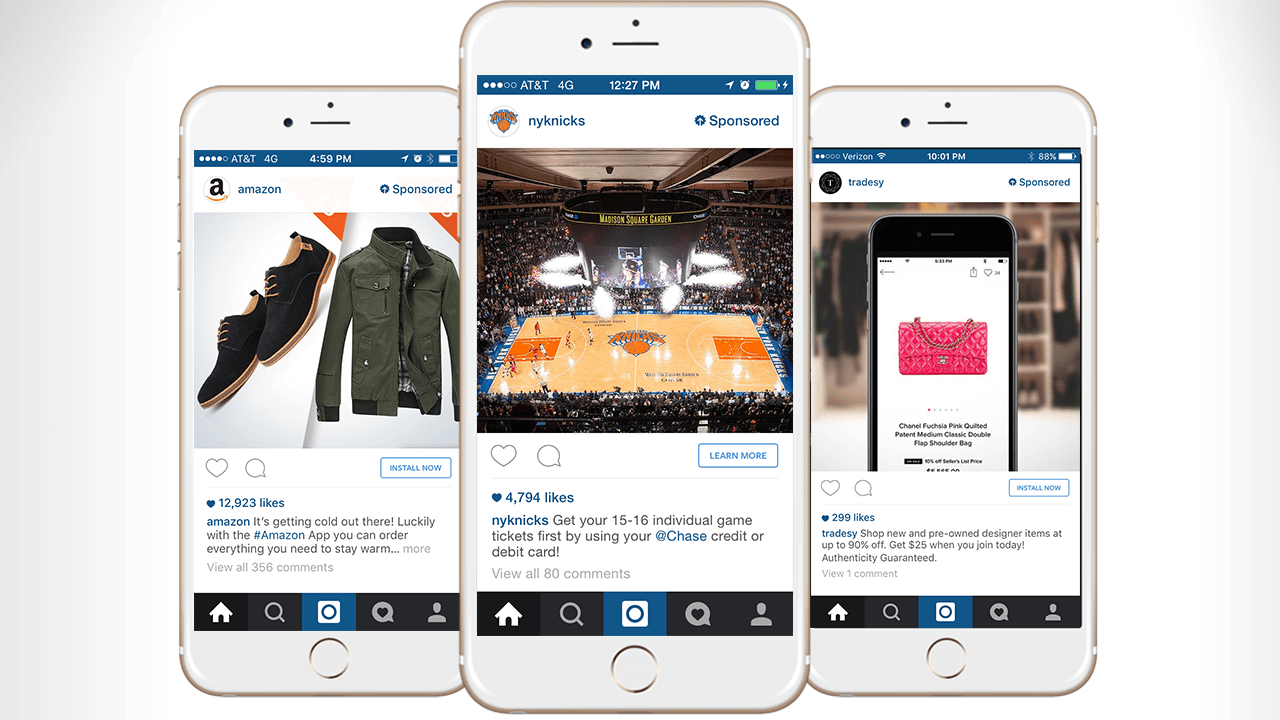Are you ready to level up your Instagram ad results? Are you searching for new methods to improve your Instagram ad performance and bring in more leads or sales?
In this article, you’ll discover 4 methods to scale your Instagram campaigns. Moreover, you’ll get more tips to reduce audience ad fatigue.
#1: Increase Your Instagram Ad Spend
Once you want to get more outcomes from your Instagram ad campaigns, spending more money can be a smart selection. Also known as vertical scaling, increasing your budget can help you reach more of your target audience quicker. Use these best practices on how to scale your Instagram ads vertically.
Scale Ad Spend Strategically
When you start to see great outcomes, you could be tempted to double or triple the budget so you’ll be able to benefit from the ad set’s success. Although you can certainly increase the budget over time, it’s often greatest to avoid making drastic changes all at once.
Remember that the Instagram advertising algorithm plays an enormous part in the performance of each ad set. In any case, Instagram uses the budget you chose to optimize ad delivery for your audience. Making substantial changes can throw off the optimization, which can compromise performance.
Before scaling, just wait until your ad set leaves the learning phase. Then once it’s optimized, scale your funds slowly. For instance, increasing your funds by 25% every few days or once every week is an effective place to start. You can edit the funds by clicking the pencil icon in the Budget column of your Facebook Ads Manager report.
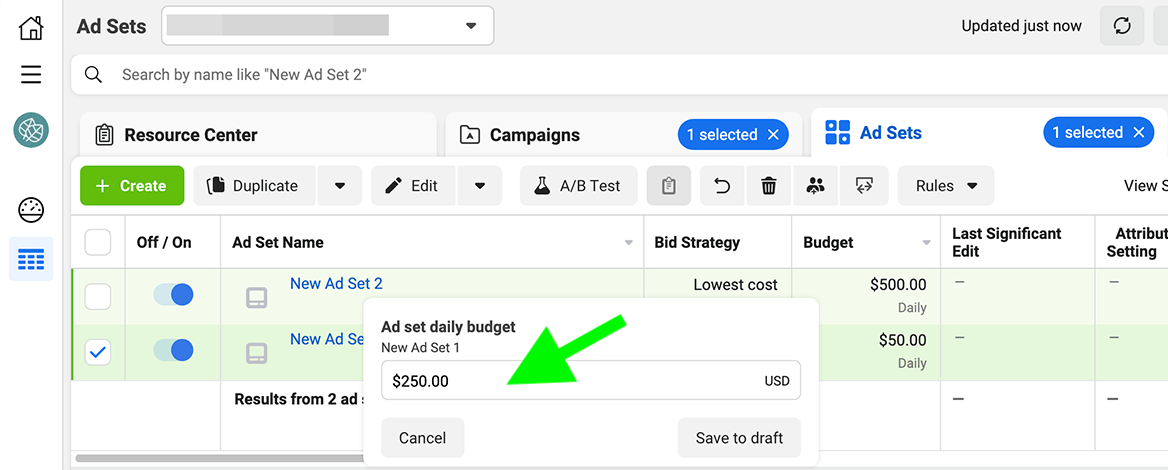
Plan to monitor your campaign closely as you make changes. Ideally, you need to keep the campaign running normally and keep away from pushing it back into the learning phase—which can happen if you scale too quickly or make changes too frequently.
Use Campaign Budget Optimization
If you’ve already identified a top-performing Facebook ad set to concentrate on, then rising that ad set’s budget can be an effective way to scale vertically. However what if you’re running a few ad sets and you aren’t sure where to focus?
In that case, utilizing Campaign Budget Optimization is a better option. When you turn on Campaign Budget Optimization, Instagram optimizes spending across the whole campaign. With extra options to optimize, the algorithm can avoid inefficient ad spending and apply your funds where it matters most. Essentially, this function can help you vertically scale automatically.
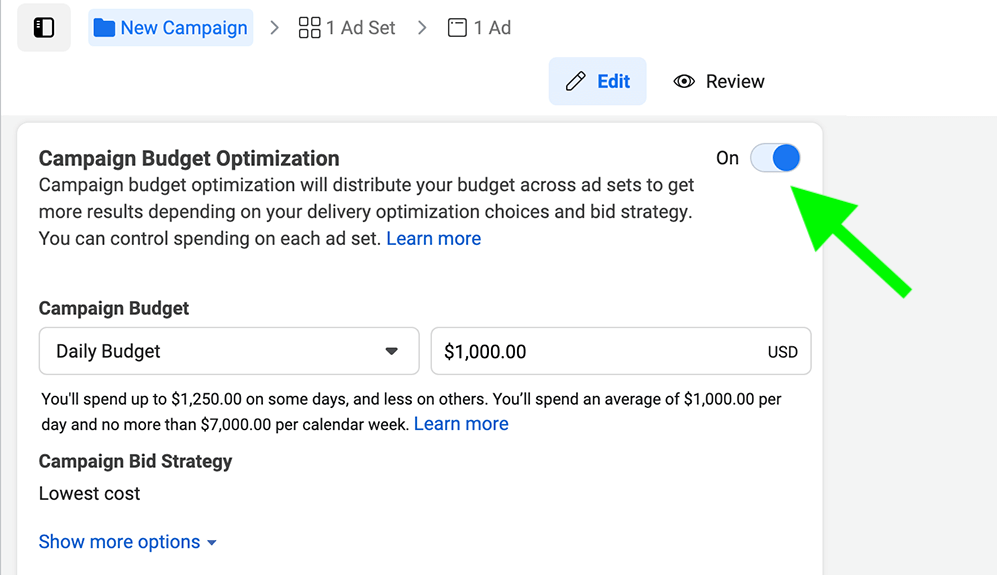
You’ll be able to turn on Campaign Budget Optimization at the campaign level before or after publication. The word that changes this setting while the campaign is operating is more likely to restart the learning phase for all ad sets, though. If that’s the case, it’s essential to monitor them closely for dramatic performance changes.
#2: Expand Your Instagram Ads’ Reach
Do you need to do more with your existing Facebook ad funds rather than spend more? Scaling vertically isn’t your only choice. If you don’t need to increase the funds for a campaign, you’ll be able to scale horizontally instead. Use these tricks to get better outcomes by increasing your audience.
Add New Ad Sets
Once you need to reach more people or see how new audiences respond to your Instagram ad, always create new ad sets rather than editing existing ones. You’ll be able to easily copy over all of the settings from an existing ad set by choosing it in Ads Manager and clicking the Duplicate button. Choose how many new ad sets to create and include them in the original campaign.
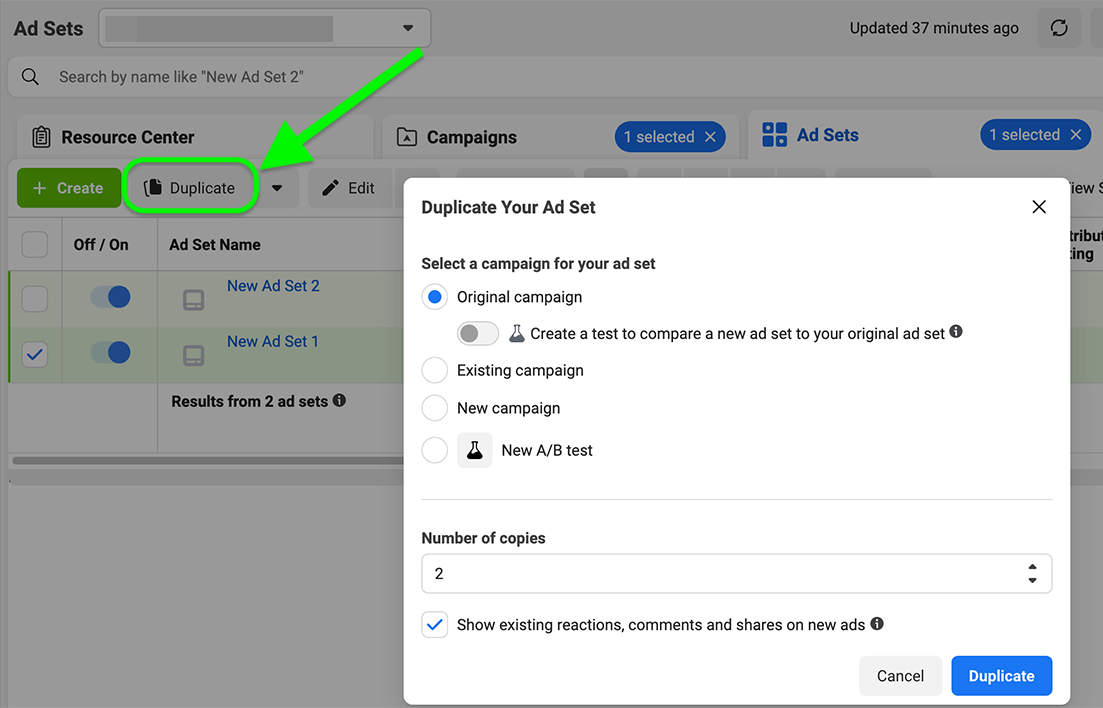
Alternatively, you’ll be able to build a new ad set from scratch. In Ads Manager, choose the campaign you need to modify. Go to the ad set level and click the green Create button to add a brand new one.
Expand Your Audience
Maybe your current ad set makes use of a customized audience based on your customer list. Or perhaps you’re promoting to an interest-based saved audience. Either way, you’ll be able to broaden your targeting by adding new audience segments.
To build new segments, identify interests or demographics that align together with your target audience. Your buyer persona is a superb resource for untapped interests.
When you need more ideas, go to your Facebook Business Suite Audience Insights. Click the Potential Audience tab and add the demographics and interests that shape your target audience.
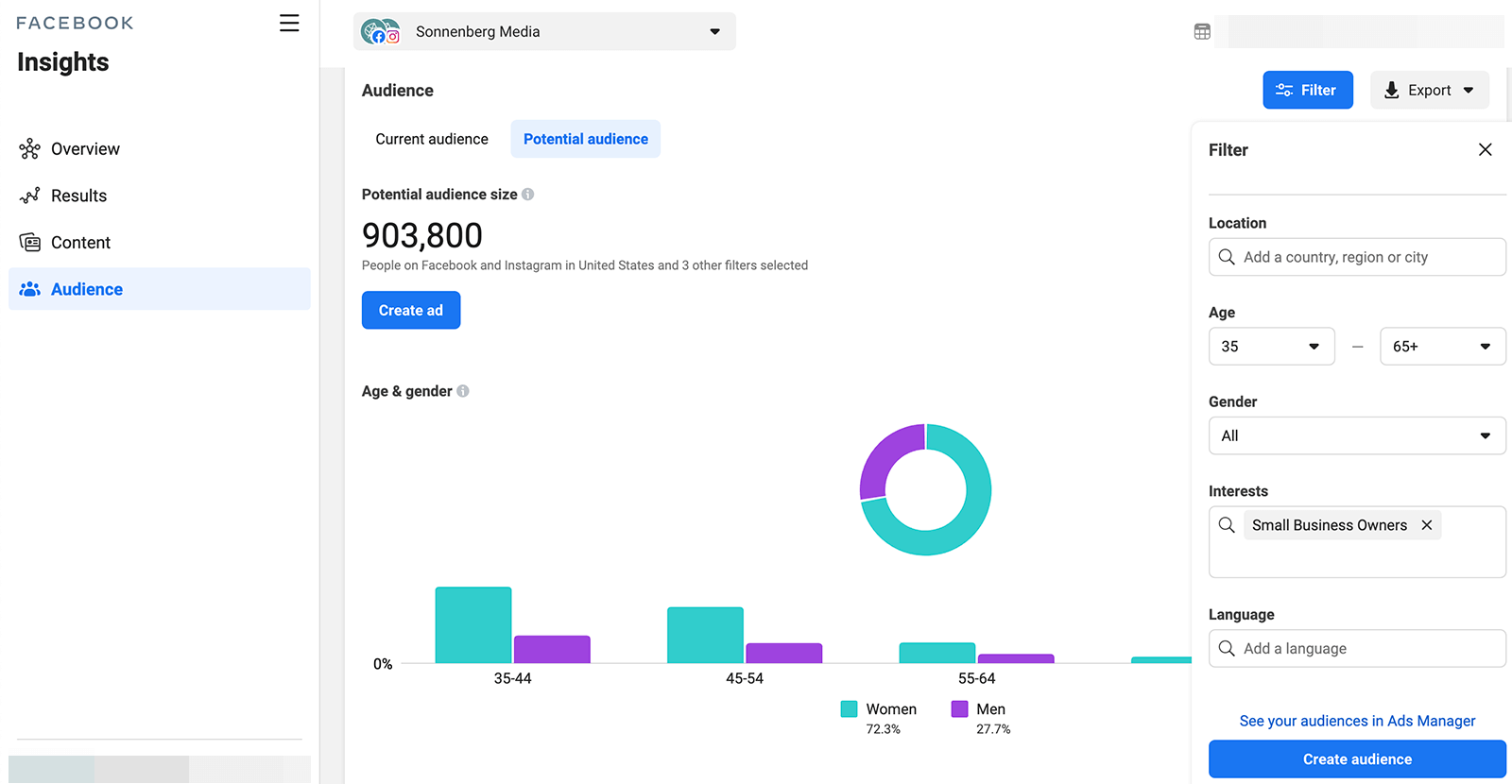
Then scroll to the bottom of the page to see the top pages that people in your target audience follow.
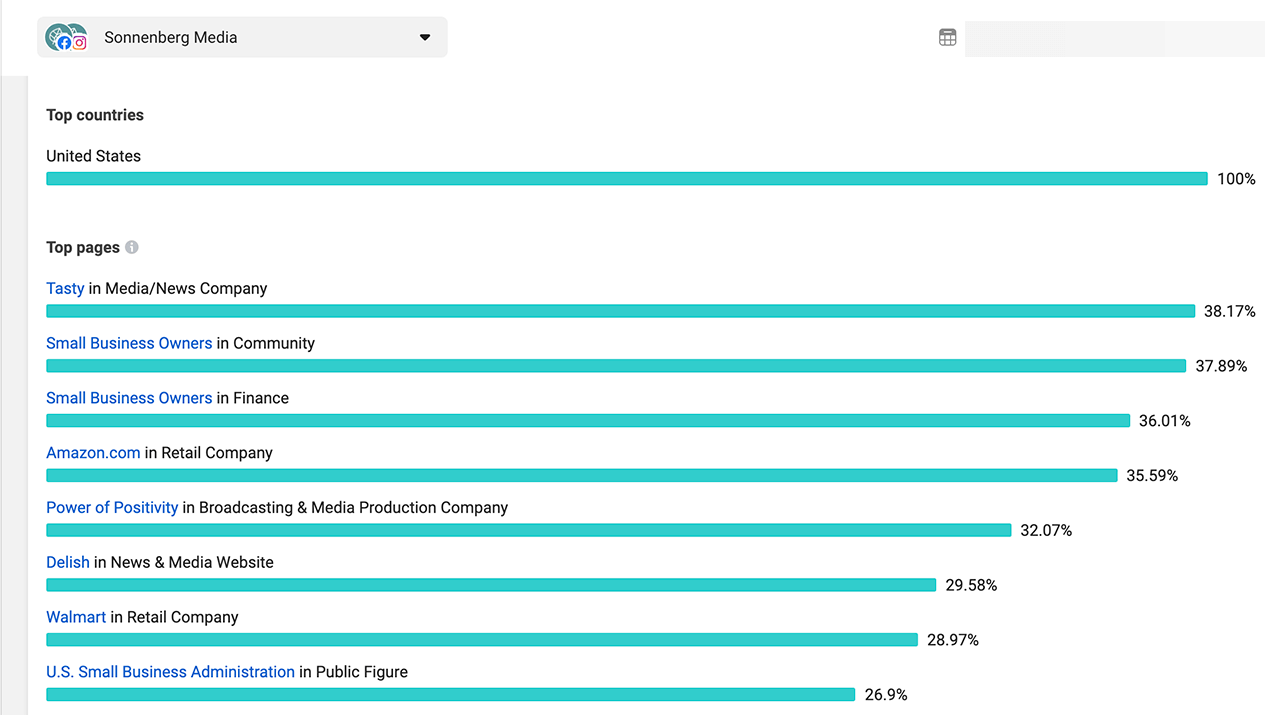
Think of these pages as interests that you should use to define new audience segments. You’ll be able to add them to your potential audience and click the Create Audience button to save it to Ads Manager. Then you’ll be able to add it to your new ad set.
As you create new segments to check, you may end up with a bunch of overlapping audiences. On one hand, some overlap is unavoidable, particularly if you’re focusing on a niche audience. However, though, too much overlap between audiences in competing ad sets may cause performance to decline.
You’ll be able to check for overlap with the Facebook Audience Overlap Tool. Open Ads Manager and visit the Audiences tab. Check the audiences you want to compare and choose the three dots. Then choose Show Audience Overlap and evaluate the proportion.
If the overlap between two audiences is relatively high—such as in the instance below—you’ll be able to nonetheless target the two audiences in separate, competing for ad sets. Just make sure to exclude the overlapping audience when you arrange targeting parameters.
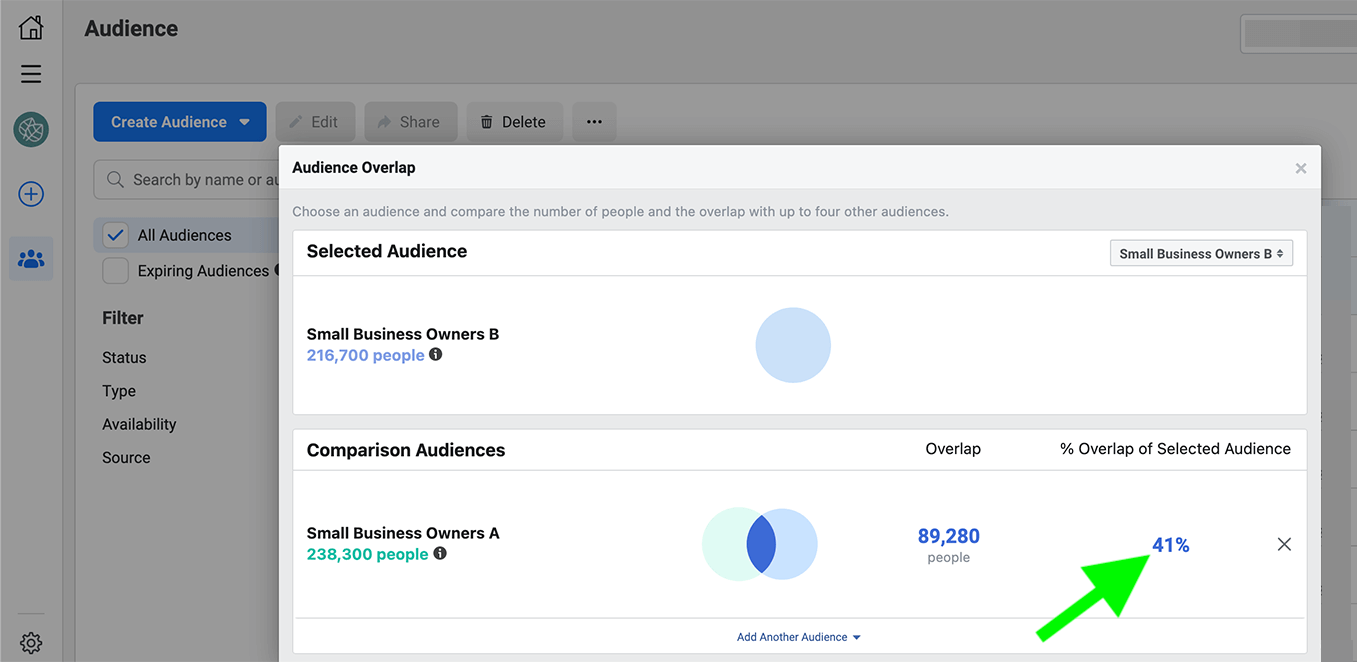
Create Lookalike Audiences
When you have some nice ideas for new customer segments to attempt, then creating new audiences manually is a great idea. However what if you want to scale your campaign by reaching extra people who are just like your current customers?
Build lookalike audiences instead of—or along with—creating new saved audiences. To create a brand new lookalike viewer, go to the new ad set you just added to your campaign. Then select your data source carefully.
For the greatest outcomes, use a source audience that’s already highly engaged with your brand. For instance, you may create a lookalike that’s just like people who have visited your website or added items from your eCommerce store to their cart.
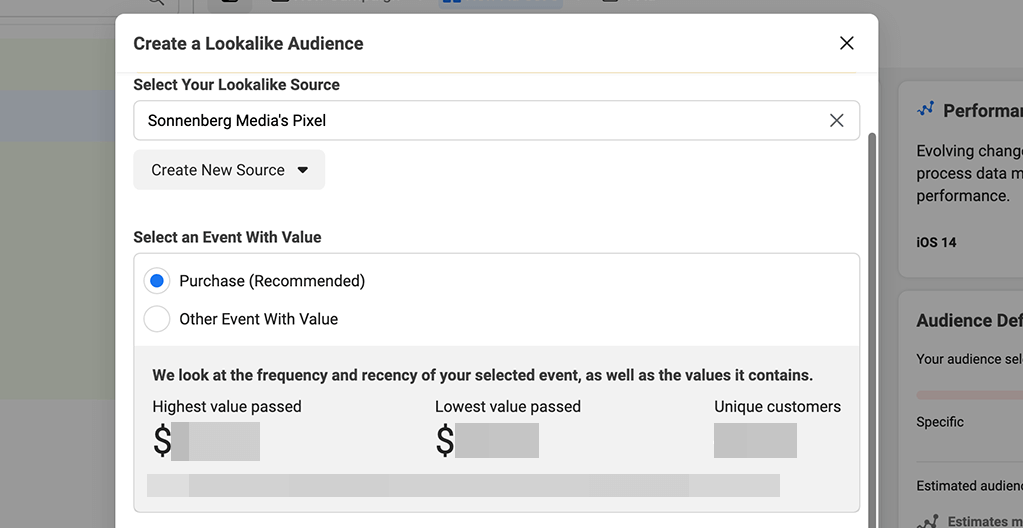
When you’ve got value-based data sources, use them to build high-value lookalikes. For instance, you should utilize a product catalog or your Facebook pixel to create a lookalike viewer based on purchase events.
When you don’t track value-based events, build lookalike audiences based on lower-funnel data sources instead. For instance, your source audience could be people who have engaged with your ads or messaged your account on Instagram.
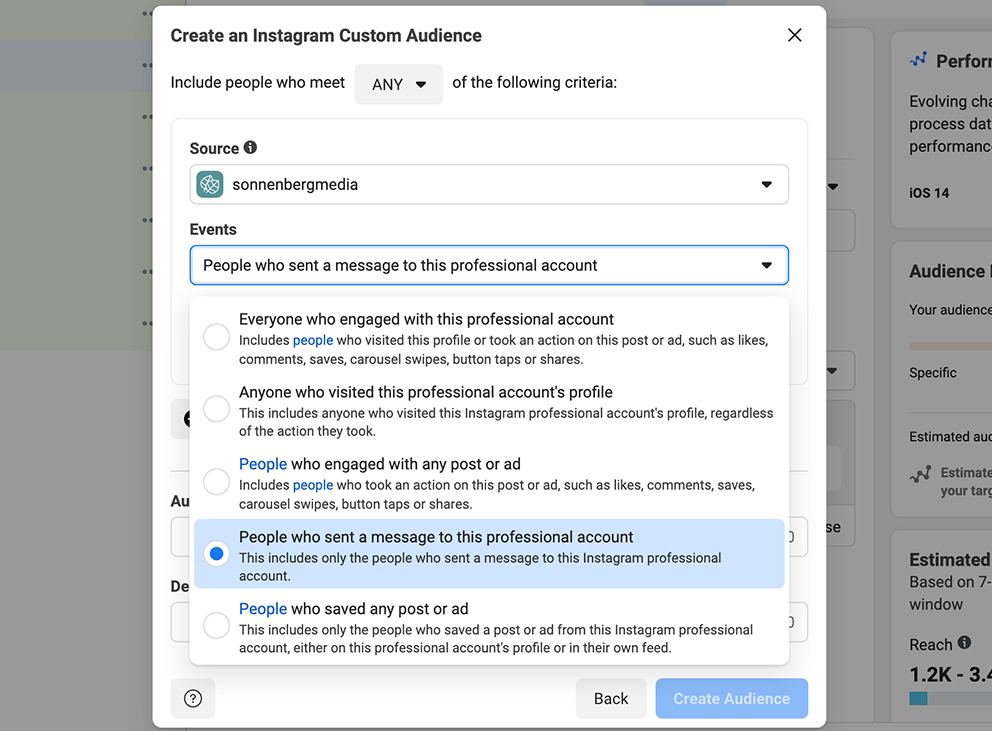
When you choose a source, decide how many lookalike audiences to create from it, up to six. When you create the first lookalike audience from a data source, set a 1% size, which includes people who are most similar to the original. As you continue to scale, you should use the same source to create increasingly large and less-similar lookalikes.
Remember that Instagram now delivers ads to people outside of your lookalike audience if it’s more likely to drive better outcomes, which can assist you to scale much more. If you would like more control over who sees your ads, you’ll be able to even layer demographic- and interest-based concentrating on your lookalike audience at the ad set level.
Run A/B Tests
Do you want to experiment with a few similar audiences and concentrate on scaling one of the best ones? You’ll be able to run A/B tests to find the best-performing audiences without having to track outcomes manually. In Ads Manager, click on the A/B Test button and select the ad sets you to need to compare. Select the metric you want to measure, similar to cost per click (CPC), cost per purchase, or any standard events you’ve configured.
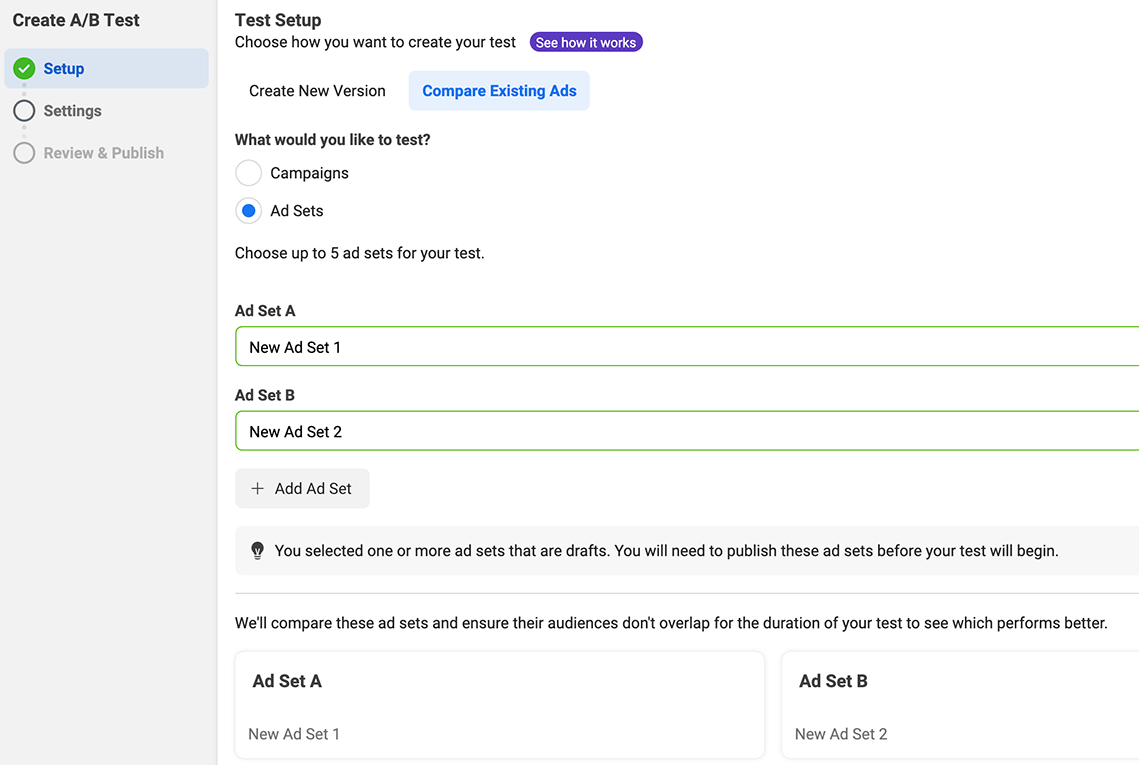
Then publish the check and watch for results in Experiments. Ads Manager will automatically determine a winner, helping you determine the best audience for your campaign and your budget. You should use the outcomes to inform future horizontal scaling efforts, too.

